Your heater is on, the windows are shut, and yet there’s a draft coming from somewhere. Chances are it’s from those windows. But that doesn’t mean you need to replace them, and it definitely doesn’t mean you have to crank up the heater even more.
The answer to your problems is insulation. There are easy and effective ways to insulate your windows so that your home stays warm in the winter — and cool in the summer. Not only does insulation prevent air from seeping in through gaps, but it also controls the surface temperature of the window to avoid condensation, which usually happens when you turn up the heater to counter the draft. That being said, a well-insulated window allows you to save a great deal on energy costs by not having to overwork your HVAC. What’s great is that these solutions are not only great for both winter and summer, but a number of them also help in soundproofing your living spaces.
Window Film
A quick and practical way to successfully insulate your windows is by applying window film. This simple solution essentially creates a thermal barrier between the windowpane and the interior of your home. Available at home improvement stores, the kit consists of a plastic shrink film and two-sided adhesive tape. Simply measure how many films you need for your window and cut it with precision. Using the tape, stick the film to the interior side of the window frame and remove the folds by applying heat with a hairdryer.
Not only is this solution fairly simple, but it is also an inexpensive one. Window insulation film kits typically cost between $10 and $30. This means you can insulate each of your windows for as little as $3.
Caulking
Using a high-performance sealant such as caulking is a common and cost-effective way of insulating windows. This method is great at blocking drafts and preventing moisture, which can otherwise result in a buildup of mold and mildew. It also helps in reducing the amount of noise that comes through the window; acoustic caulking, in particular, is specifically designed for this purpose.
Applying the caulk is a pretty straightforward process. It basically involves using a caulk gun to seal gaps and cracks along either side of the window. Once cured, the material will effectively insulate your living spaces and, in doing so, reduce your utility costs.
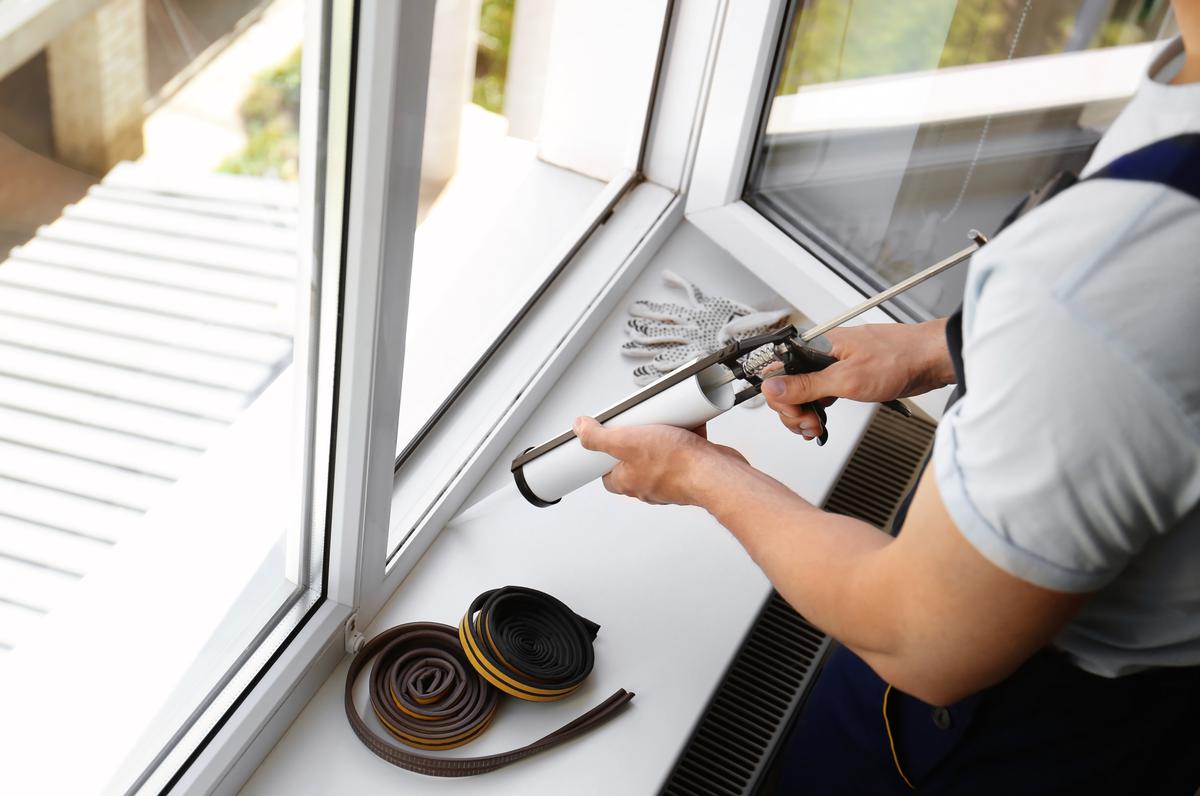

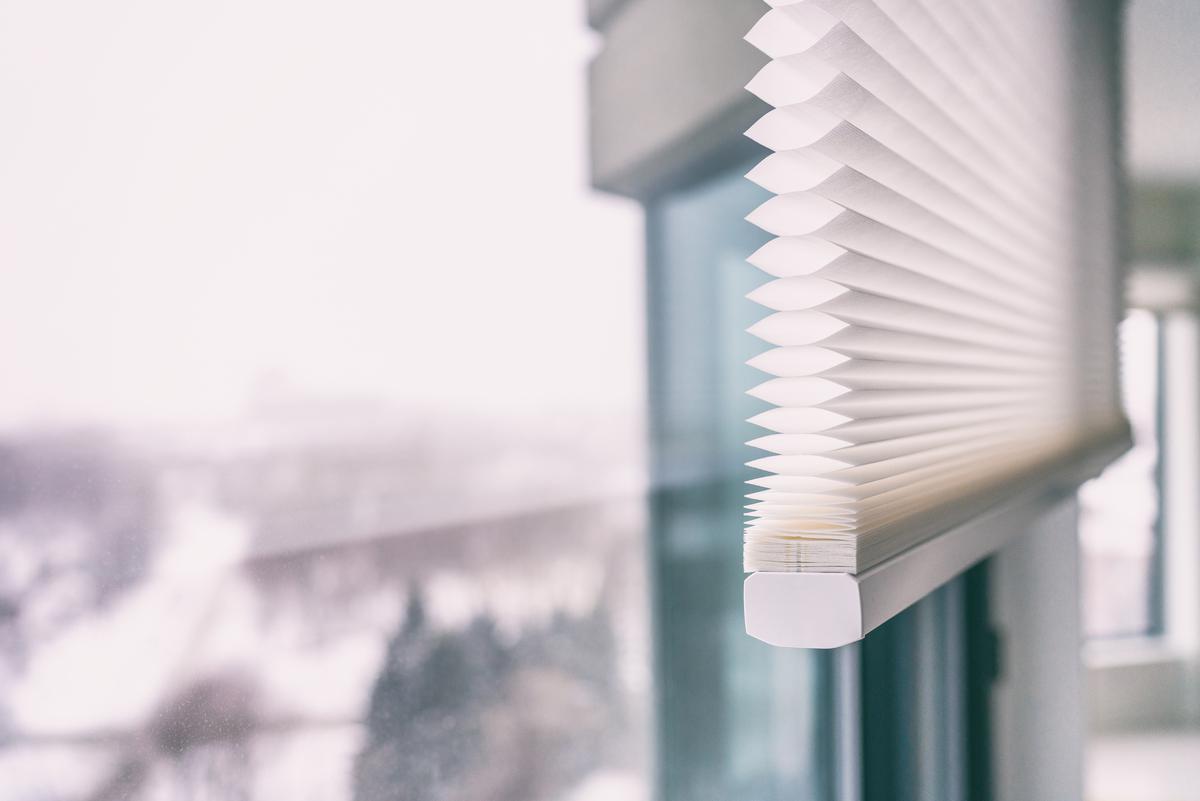
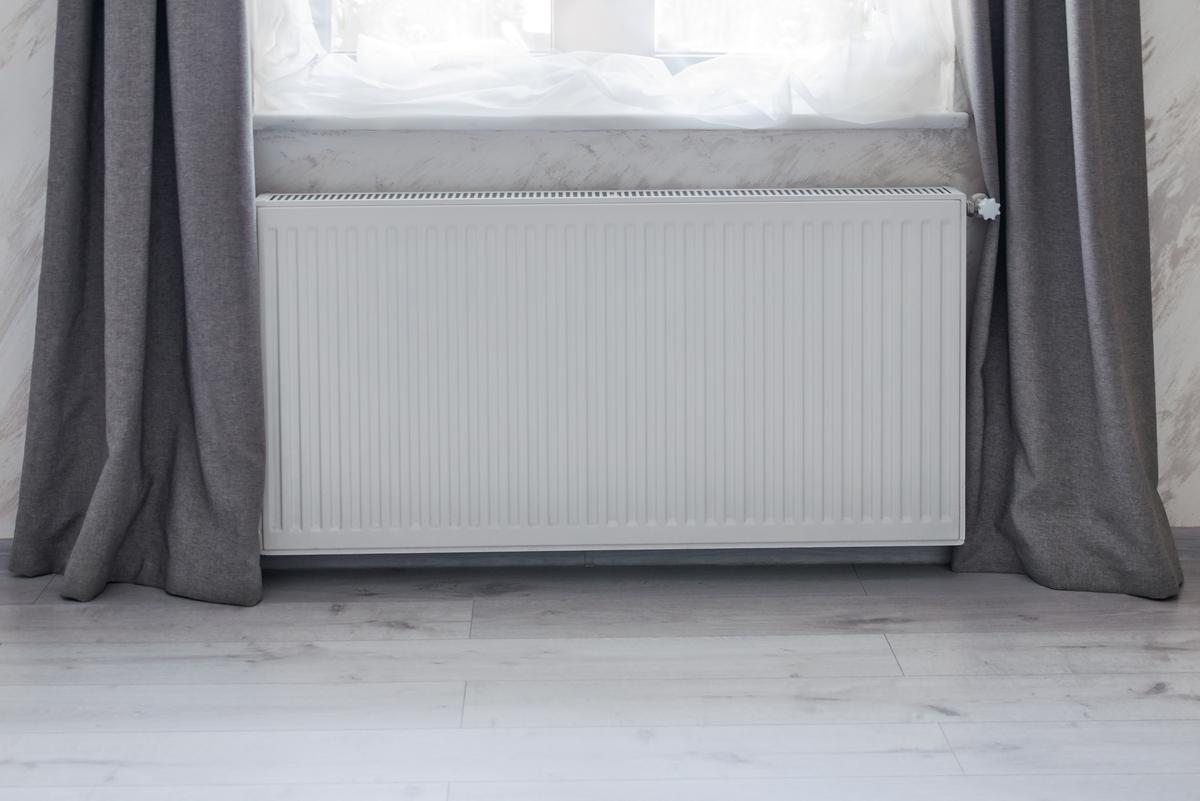
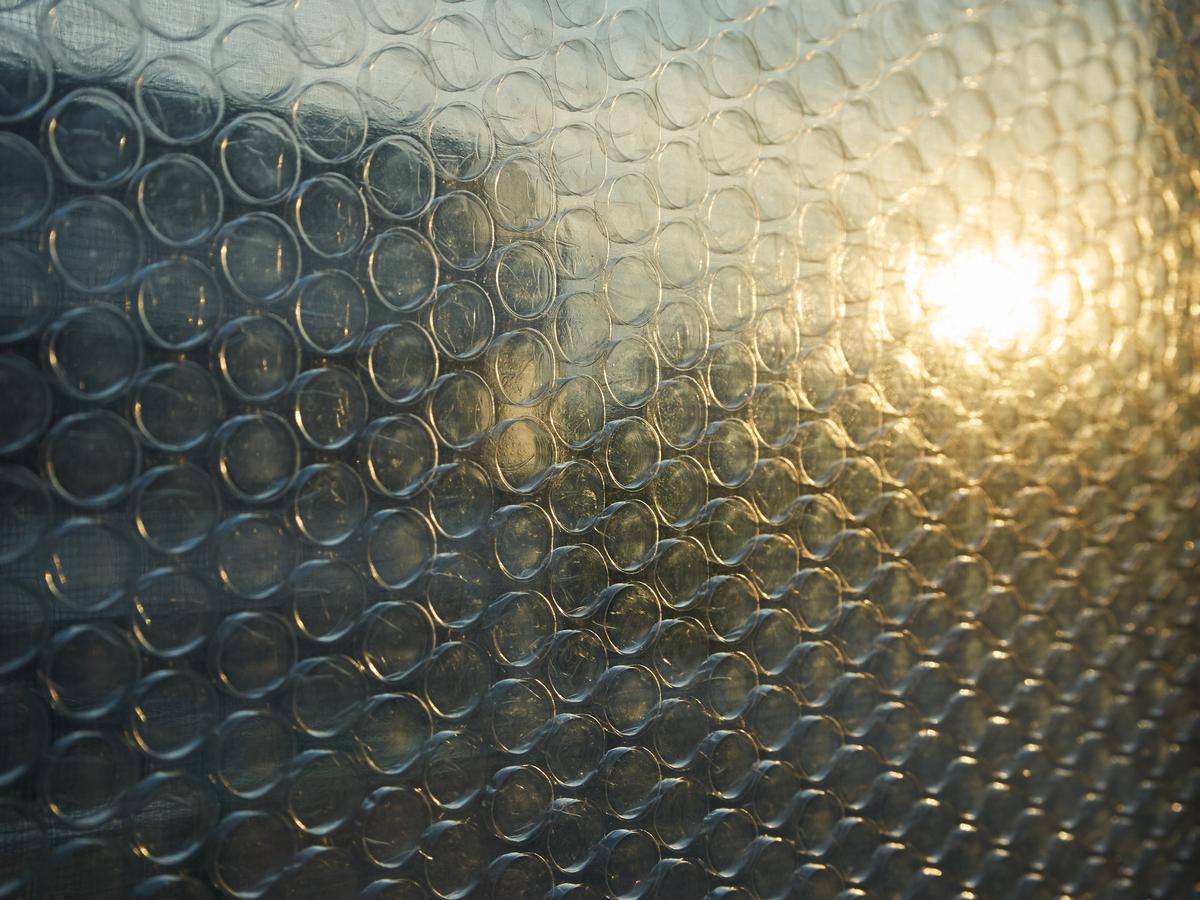

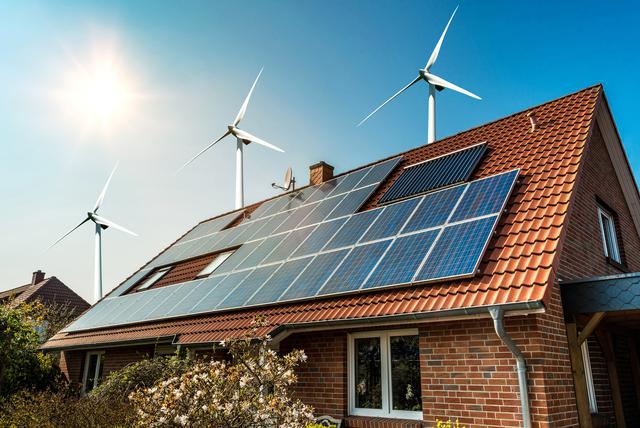


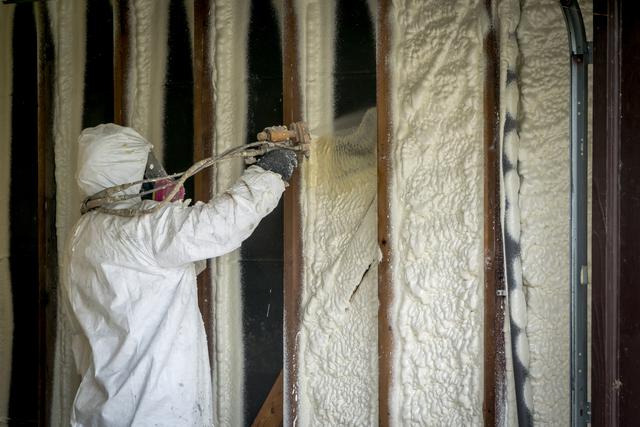
comments